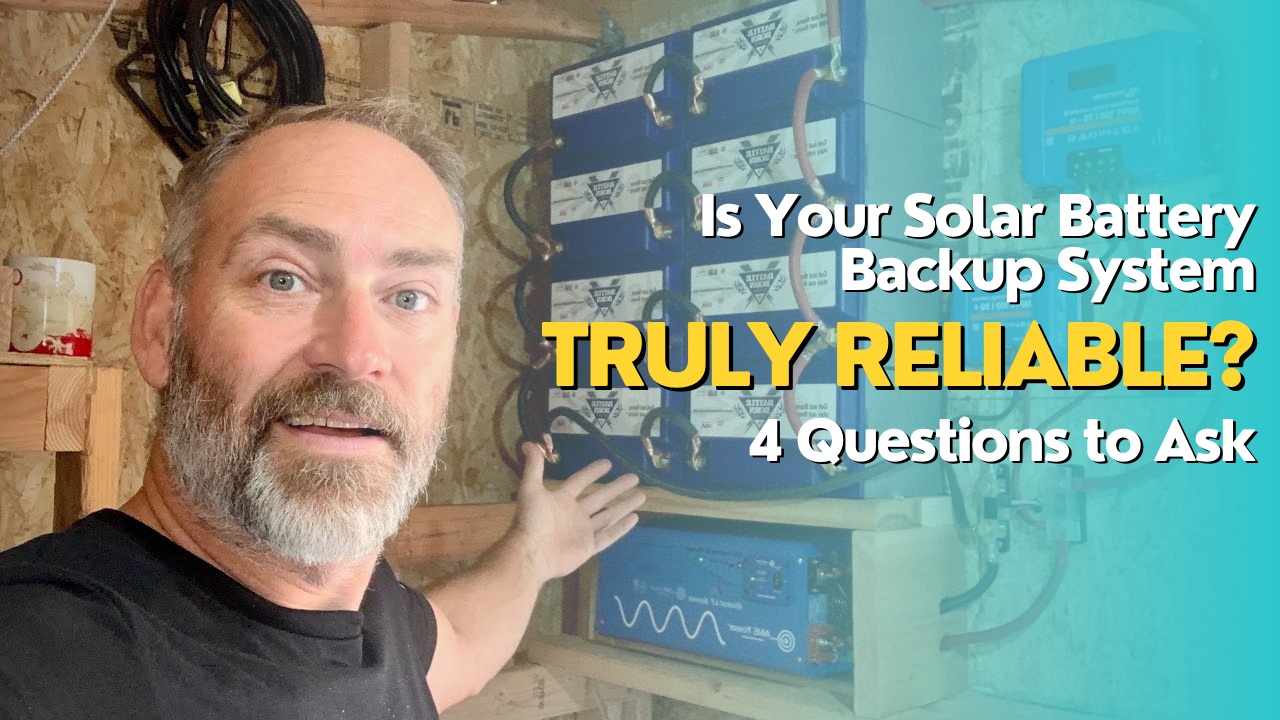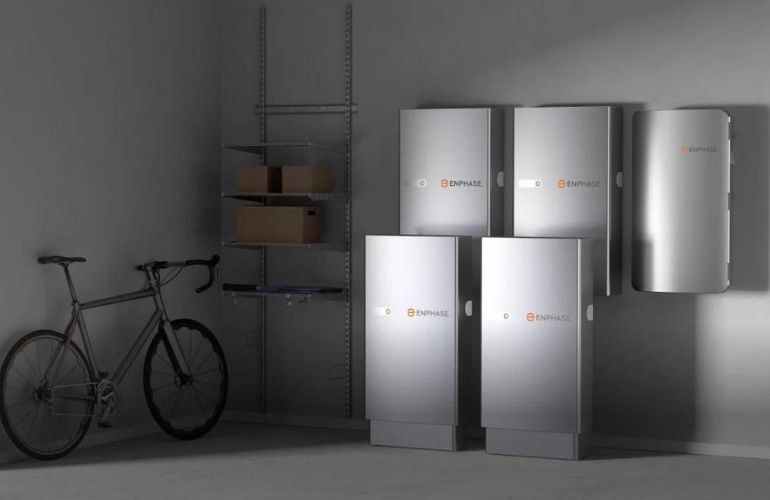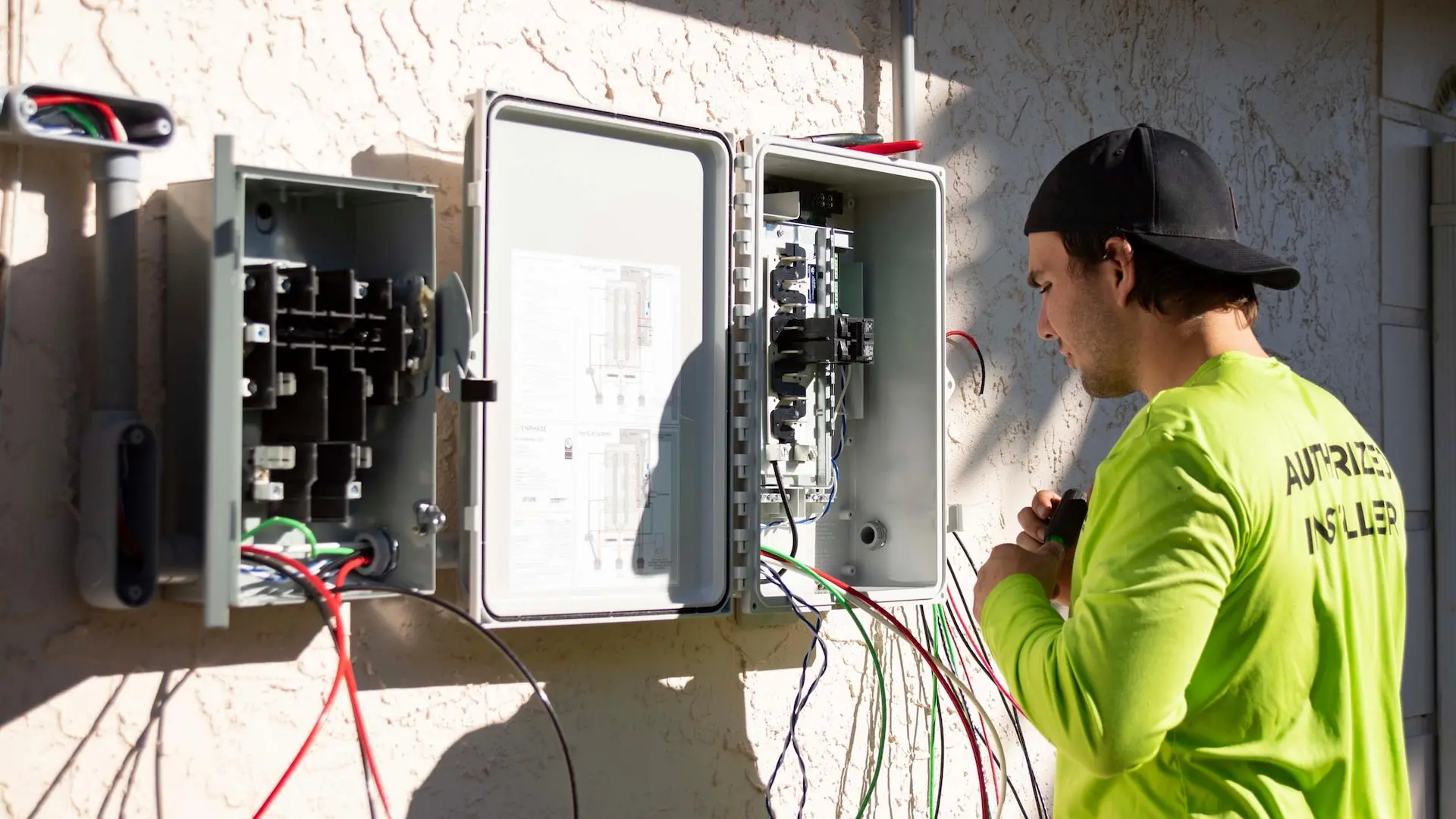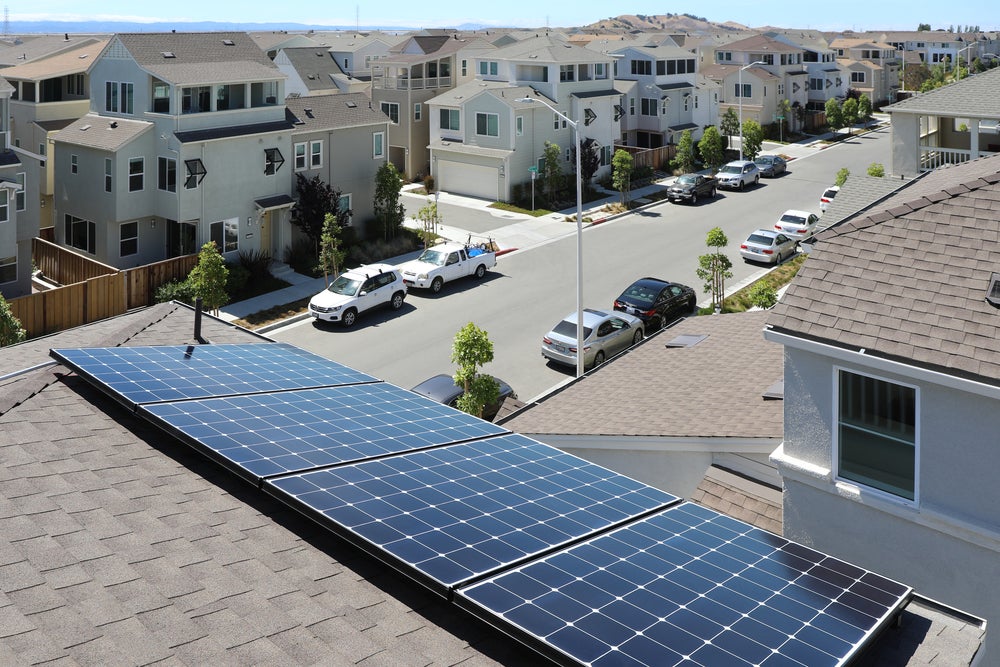Is Your Solar Battery Backup System Truly Reliable? 4 Questions to Ask

Is Your Solar Battery Backup System Truly Reliable? 4 Questions to Ask
Key Takeaways:
- Solar battery backup systems provide energy security but require proper setup and maintenance
- Assess your system by checking battery type, capacity, charge controller, and overall health
- Regular monitoring and professional inspections ensure optimal performance and reliability
- Proper care extends battery life and maximizes return on investment
Picture this: You’ve made the smart choice to invest in a solar battery backup system for your home.
The peace of mind that comes with knowing you have a reliable energy source during outages is priceless.
But here’s the thing—simply having a backup system isn’t enough. To truly enjoy that sense of security, you need to ensure your system is set up correctly and functioning at its best.
As a homeowner, you’ve made a significant investment in your solar battery backup. Now, it’s time to take the next step and verify that your system is living up to its full potential. In this article, we’ll guide you through the process of assessing your backup system’s reliability, so you can confidently rely on it when you need it most.
Is your battery type suited for your needs?
Not all solar batteries are created equal. The type of battery you choose can greatly impact your backup system’s performance and longevity. Let’s take a look at the main battery types:
- Lead-acid batteries: These tried-and-true batteries are affordable and widely available. However, they have a shorter lifespan (around 300 cycles) and require regular maintenance, such as checking water levels.
- Lithium-ion batteries: Known for their long lifespan and low maintenance requirements, lithium-ion batteries are becoming increasingly popular for solar backup systems. They offer a higher depth of discharge and efficiency compared to lead-acid batteries. However, they do come with a higher price tag.
- Nickel-cadmium batteries: These batteries can handle deep discharges and have a long shelf life. They’re also tolerant to a wide range of temperatures. However, they are more expensive than lead-acid batteries and can be harder to dispose of due to their toxicity.
- Flow batteries: A newer technology in the solar battery world, flow batteries offer the potential for long-duration energy storage and high reliability. However, they are generally more expensive and have a lower energy density compared to other battery types.
When selecting a battery type, consider your specific energy needs, budget, and maintenance preferences.

A real-world example: One homeowner switched from lead-acid to lithium-ion batteries to get more usable capacity without the need for frequent maintenance.
Take a moment to review your current battery type. Is it the best fit for your household’s energy requirements?
If not, it may be time to explore other options to optimize your backup system’s performance.
Here are the main specs of 4 common solar battery types:
Lithium-Ion (Li-ion)
- Efficiency: 90-95%
- Depth of Discharge: 80-100%
- Lifespan: 10-15 years
- Maintenance: Low
- Cost: High
- Best for: High-performance, compact residential systems
Lithium Iron Phosphate (LFP)
- Efficiency: 90-95%
- Depth of Discharge: 80-100%
- Lifespan: 15-20 years
- Maintenance: Low
- Cost: Medium to high
- Best for: Long-lasting, safe residential systems
Lead-Acid
- Efficiency: 80-85%
- Depth of Discharge: 50%
- Lifespan: 5-10 years
- Maintenance: High (watering, equalizing)
- Cost: Low
- Best for: Low-cost, short-term energy storage
Flow Batteries
- Efficiency: 65-85%
- Depth of Discharge: 100%
- Lifespan: 20-30 years
- Maintenance: High (pump, filter replacements)
- Cost: Very high
- Best for: Long-duration utility-scale storage
Saltwater Batteries
- Efficiency: 70-90%
- Depth of Discharge: 100%
- Lifespan: 10-15 years
- Maintenance: Low
- Cost: Medium to high
- Best for: Eco-friendly, non-toxic residential systems
Nickel-Cadmium (Ni-Cd)
- Efficiency: 60-70%
- Depth of Discharge: 100%
- Lifespan: 10-20 years
- Maintenance: Medium (full discharges)
- Cost: Medium
- Best for: Extreme temperatures, long shelf life
In a nutshell:
- Lithium-ion and LFP are the most efficient and low-maintenance
- Lead-acid is low-cost but requires frequent upkeep
- Flow and saltwater offer long lifespans but are expensive
- Ni-Cd tolerates deep discharges and harsh conditions
Do you have sufficient battery capacity?
When it comes to solar battery backup systems, size matters. The capacity of your batteries directly impacts how long you can keep your essential appliances and devices running during an outage. But how do you know if your current setup has enough juice to get you through?
First, let’s break down what battery capacity actually means. Capacity is typically measured in kilowatt-hours (kWh) and represents the total amount of energy your batteries can store. To determine if you have sufficient capacity, you’ll need to consider your household’s energy needs during an outage.
Here’s a simple formula to estimate the minimum battery capacity required:
Total daily essential load (kWh) x Desired backup duration (days) = Minimum battery capacity (kWh)
For example, if your essential appliances consume 10 kWh per day and you want a 3-day backup, you’ll need a minimum battery capacity of 30 kWh (10 kWh x 3 days).
Keep in mind that this is just a minimum estimate. It’s always a good idea to have some extra buffer capacity to account for unexpected outages or increased energy usage.
Plus, having additional capacity can help extend your battery life by reducing the depth of discharge.
Real-world success story: The Smith family’s decision to oversize their battery bank paid off when a severe storm knocked out power for three days. Thanks to their ample 40 kWh capacity, they were able to comfortably ride out the outage without any interruptions to their daily routine.
Take a look at your own battery capacity. Is it sufficient to cover your essential loads for your desired backup duration?
If not, consider upgrading your batteries or adding more to your bank. Remember, when it comes to energy security, it’s better to have and not need than to need and not have.
Is your charge controller optimizing battery performance?
Your solar battery backup system is only as strong as its weakest link. And one critical component that often goes overlooked is the charge controller.
This unsung hero plays a vital role in ensuring your batteries perform at their best and last as long as possible.
The charge controller acts as the gatekeeper between your solar panels and your batteries. Its primary job is to regulate the charging process, preventing overcharging or undercharging, which can seriously degrade your battery’s health and lifespan.
A good charge controller will optimize the charging process based on your battery type and environmental conditions, ensuring your batteries are always topped off and ready to go.
Now, let’s talk about the two main types of charge controllers: PWM (Pulse Width Modulation) and MPPT (Maximum Power Point Tracking).
PWM controllers are the simpler and more affordable option. They essentially act as a switch, turning the charging current on and off to maintain the optimal battery voltage. PWM controllers are best suited for smaller systems (under 200W) or when the solar array voltage is close to the battery voltage.
On the other hand, MPPT controllers are the more advanced and efficient choice. They use complex algorithms to constantly adjust the incoming solar power to match the battery’s charging needs. This allows them to extract the maximum available power from your solar panels, even in suboptimal conditions. MPPT controllers are ideal for larger systems (over 200W) or when the solar array voltage is significantly higher than the battery voltage.
Which one do you need? Find out here.
To ensure your charge controller is working its magic, take a moment to verify that its settings are properly configured for your specific battery type and voltage. Consult your controller’s manual or reach out to a professional if you’re unsure.
Real-world impact: When Sarah, a solar installer, noticed her client’s batteries were consistently underperforming, she suspected the charge controller was to blame.
After upgrading from a basic PWM controller to a high-quality MPPT model, the system’s charging efficiency improved by a remarkable 20%. The client was thrilled to see their backup system performing at its full potential.
Don’t let a subpar charge controller hold your solar battery backup system back. Make sure you have the right type of controller for your setup, and that it’s properly configured to optimize your battery performance. With a little attention to this key component, you can rest easy knowing your batteries are being charged efficiently and effectively.
Are you monitoring your battery health?
You’ve invested in a high-quality battery, ensured you have sufficient capacity, and optimized your charge controller. But there’s one more crucial step in maintaining a reliable solar battery backup system: regular monitoring.
Just like your car, your batteries need regular check-ups to ensure they’re running smoothly. By keeping a close eye on your battery’s vital signs, you can catch potential issues early and prevent premature failure.
So, what should you be monitoring? The three key metrics to track are:
- Battery voltage: This is like your battery’s fuel gauge. A fully charged battery should read around 12.6V for lead-acid or 13.6V for lithium-ion. If you notice a significant drop in voltage, it could indicate a problem.
- Current: Measuring the current flowing in and out of your battery can help you identify any unusual drain or charging issues. Make sure the current is within the recommended range for your battery type.
- Temperature: Batteries are sensitive to extreme temperatures. High heat can accelerate aging, while cold temperatures can reduce capacity. Aim to keep your batteries within the manufacturer’s recommended temperature range.
Ideally, you should check these metrics at least once a month. But if you want to take your monitoring to the next level, consider investing in a battery monitoring system. These smart devices continuously track your battery’s performance and can alert you to any potential issues in real-time.

When Tom installed a battery monitoring system, he had no idea it would end up saving him thousands of dollars. One day, he received an alert that one of his battery cells was showing abnormally low voltage. Thanks to the early warning, he was able to replace the failing cell before it caused a complete system failure. The monitoring system paid for itself in that one catch.
Don’t let your batteries suffer in silence. By regularly monitoring their health, you can extend their lifespan and ensure your solar battery backup system is always ready when you need it.
Whether you choose to do manual check-ups or invest in a monitoring system, the key is to be proactive in tracking your battery’s performance over time.
Final Recap
Throughout this article, we’ve explored the key factors that contribute to a reliable solar battery backup system. From selecting the right battery type and capacity to optimizing your charge controller and monitoring your battery health, each component plays a critical role in ensuring your system is ready when you need it most.
But here’s the bottom line: your solar battery backup system is only as reliable as its weakest link. You could have the best batteries on the market, but if your charge controller is outdated or your monitoring is lacking, you’re still vulnerable to unexpected failures.
That’s why it’s so important to regularly assess your system using the four key questions we’ve covered:
- Is your battery type suited for your needs?
- Do you have sufficient battery capacity?
- Is your charge controller optimizing battery performance?
- Are you monitoring your battery health?
By taking the time to evaluate each component and make any necessary adjustments, you can significantly boost your system’s performance and longevity. And the best part? These checkups and tweaks don’t have to be time-consuming or complicated. Small changes, like updating your charge controller settings or adding a monitoring system, can make a big difference in the long run.
So, if you’re ready to take control of your energy security and get the most out of your solar investment, start by assessing your backup system today. Don’t wait until an outage strikes to discover a weak link in your setup. Be proactive, be diligent, and be confident that your solar battery backup system will be there for you when it matters most.
Remember, your energy independence is in your hands. By taking a little time to ensure your backup system is in top shape, you can enjoy the peace of mind that comes with knowing you’re prepared for whatever the future may bring. So go ahead, ask yourself those four key questions, and take the first step towards a more reliable, sustainable, and empowering energy future.
Nate is a solar expert with years of hands-on experience. He knows solar tech and sustainable energy inside out. His advice has helped many homeowners and businesses go green. Nate is passionate about eco-friendly living. That's why he's a big voice in the solar community.
Subscribe to newsletter
Stay on top of the latest guides and tips on solar.




